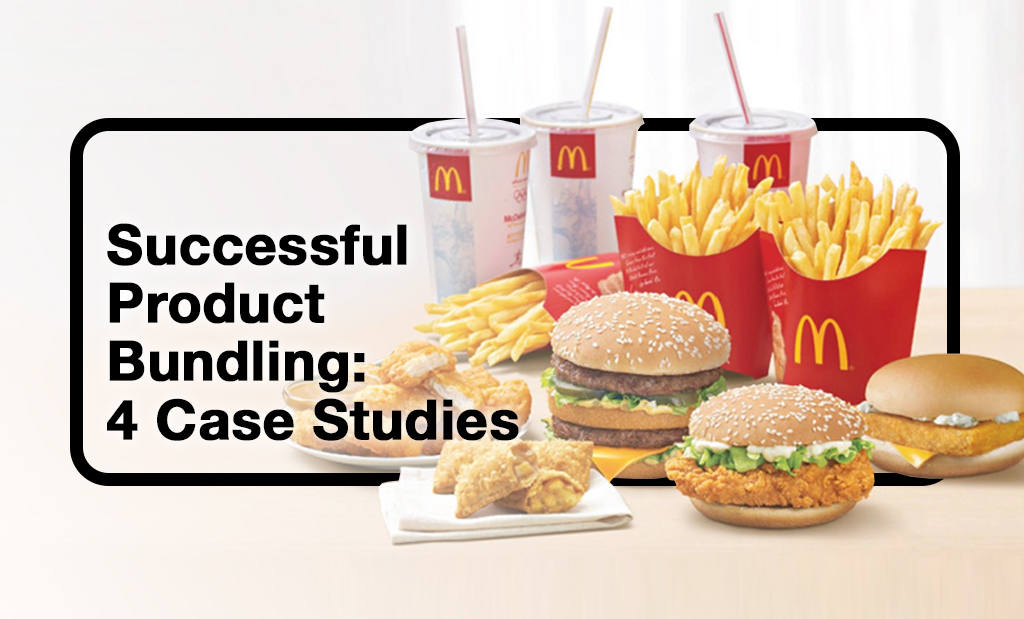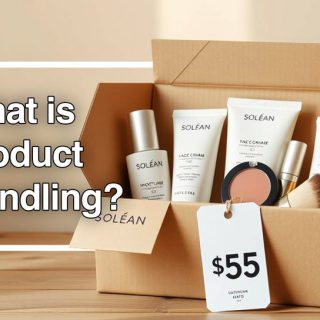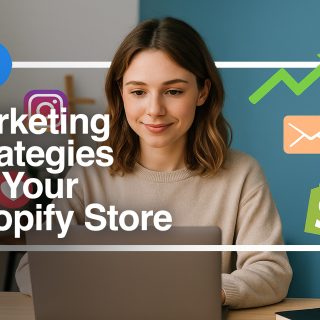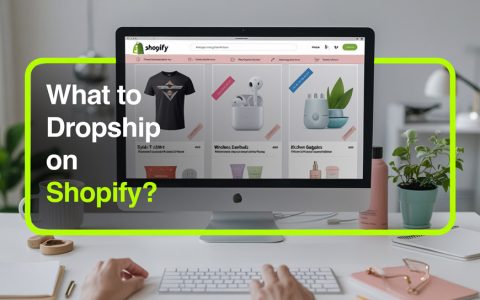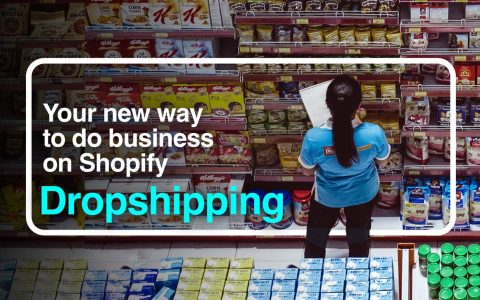If you’ve ever shopped online, you’ve likely come across product bundling – a strategy where multiple items are packaged together, often at a discounted price. This approach not only enhances perceived value but also drives higher sales volumes. Popular among businesses of all sizes, bundling is a proven way to increase average order value and improve customer satisfaction by offering convenience and savings.
In this article, we’ll explore 20 inspiring real-world examples of product bundling that showcase its power to boost sales and elevate businesses across various industries.
20 Biggest Companies That Bundle Products to Boost Sales
Here are 20 actionable product bundling examples from diverse industries. These real-world strategies highlight how businesses creatively package items to maximize value and drive sales.
Food and Beverage Bundles
1. McDonald’s Value Meals
McDonald’s offers classic combos like a burger, fries, and a drink at a discounted price. This example of product bundling works because it simplifies decision-making and emphasizes value for money. It also streamlines the ordering process, making it easier for customers to select a whole meal quickly.
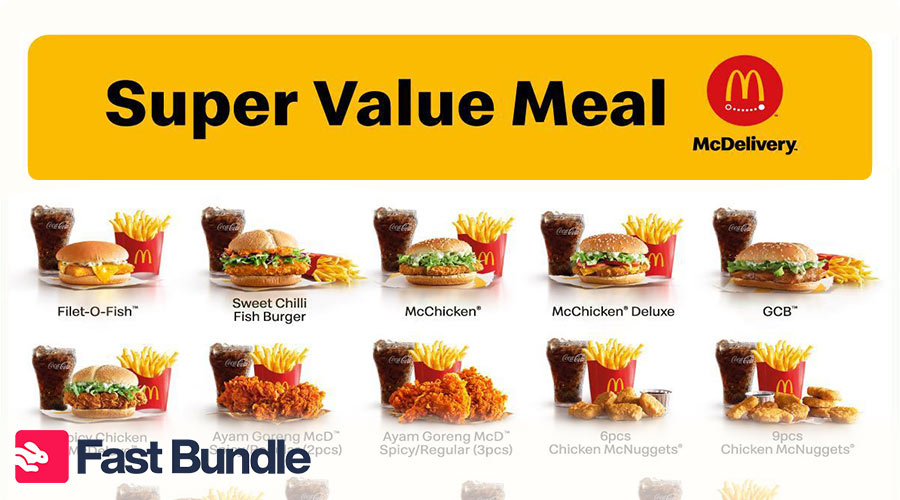
2. Starbucks Drink + Snack Combos
Starbucks promotes bundles like coffee and pastry for a lower combined price. This product bundling example taps into convenience and encourages impulse purchases.
These combos also encourage repeat visits by promoting limited-time offers. Bundling seasonal drinks with festive snacks is a clever strategy that taps into customers’ desire for novelty and indulgence.
3. Subway Meal Deals
Subway offers meal bundles that include a sandwich, drink, and chips or a cookie at a discounted price. This mixed bundling model gives customers the flexibility to choose their favorite sandwich while enjoying savings when they bundle it with sides and drinks. By emphasizing customization and convenience, Subway encourages customers to increase their order value while satisfying their cravings.

4. Uber Eats Meal Deals
Restaurants on Uber Eats often pair a main dish with sides and drinks at a special price. This product bundling example encourages higher-value orders by showcasing curated combos. Meal deals often include family-sized options, attracting group orders. Restaurants also use this strategy to promote signature dishes, ensuring their best offerings are part of high-value bundles.
Types of Product Bundling in Food Industry
| Example | Description | Bundle Type |
|---|---|---|
| McDonald’s Value Meals | Combines a burger, fries, and drink into a discounted combo, simplifying decision-making and emphasizing value. | Mixed Bundling |
| Starbucks Drink + Snack Combos | Seasonal bundles like coffee and pastries encourage impulse purchases and repeat visits. | Seasonal Bundling |
| Uber Eats Meal Deals | Curated meal combos, often customizable, include mains, sides, and drinks to encourage higher-value orders. | Cross-Sell Bundling |
| Subway Meal Deals | Sandwich, drink, and chips or cookie bundled at a discounted price, offering customization and convenience. | Volume Discount |
Technology and Electronics Bundles
5. Amazon’s “Frequently Bought Together”
Amazon’s bundling feature suggests related items based on purchase behaviour—a camera, tripod, and memory card. This is one of the most effective product bundling examples, boosting cross-sales by anticipating customer needs. This feature leverages data-driven recommendations to upsell and cross-sell effectively. By understanding customer preferences, Amazon increases cart value and offers personalized shopping experiences that strengthen customer loyalty.
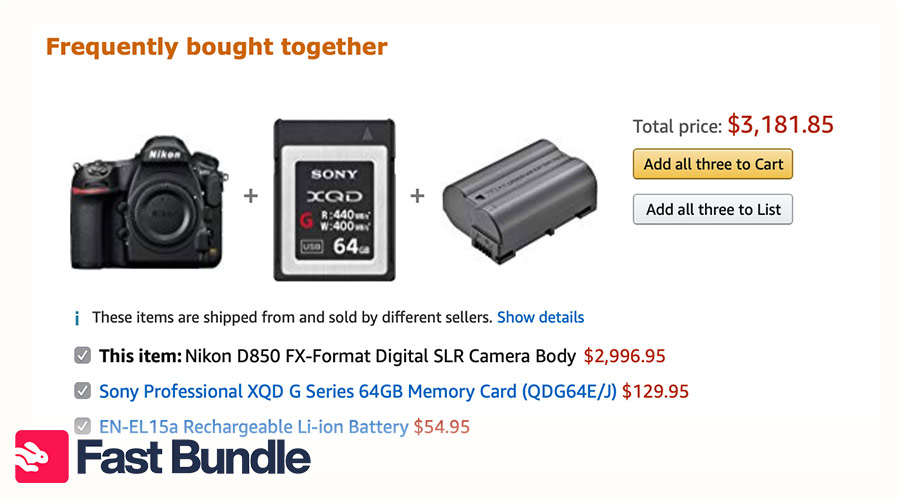
6. Microsoft Office Suite
By bundling essential tools for work and study, Microsoft provides a comprehensive solution at a better price. This bundling strategy encourages adoption across industries and educational institutions worldwide. Microsoft packages software like Word, Excel, and PowerPoint into one suite. Customers see this example of product bundling as cost-effective compared to purchasing each application separately.
7. Dell Laptop + Accessories
Dell often includes a laptop, mouse, and carrying case in one package. This case appeals to customers by providing a complete setup at a slightly discounted price.
This bundle enhances customer convenience and ensures they have all the necessary tools from one purchase. It’s particularly attractive for professionals and students starting a new work or study setup.
8. Apple Accessory Bundles
Apple often pairs products like the iPhone with AirPods or chargers. This bundle entices users to complete their ecosystem at a reduced price.
These bundles also reinforce Apple’s ecosystem strategy, encouraging customers to invest in more Apple products. The cohesive design and seamless integration of the bundled items further enhance customer satisfaction.
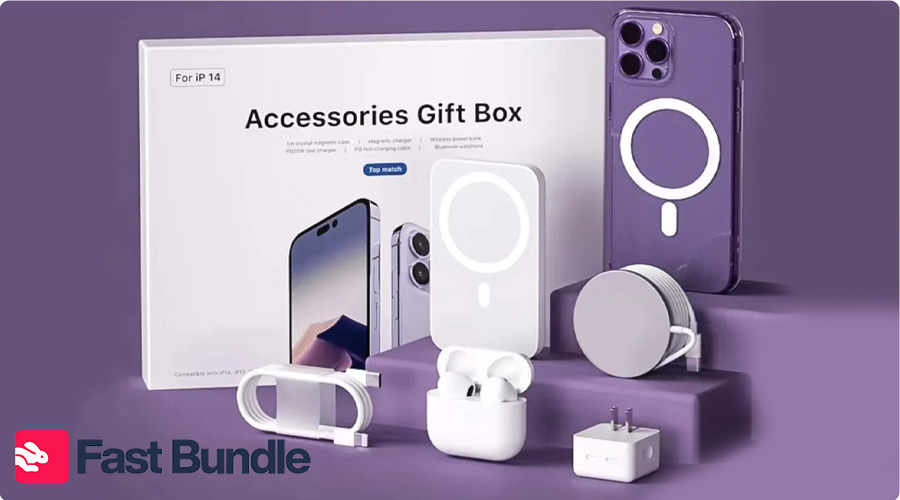
9. Adobe Creative Cloud
Adobe’s software suite includes Photoshop, Illustrator, and Premiere Pro as part of its Creative Cloud subscription. Creative Cloud ensures creatives have all tools in one place. This bundle provides unmatched value for creative professionals by offering industry-leading tools. Its subscription model also ensures long-term customer engagement while meeting evolving design and production needs.
Types of Product Bundling in Technology Industry
| Example | Description | Bundle Type |
|---|---|---|
| Amazon’s “FBT” | Dynamically recommends complementary products based on user behavior (e.g., camera, tripod, and memory card). | Cross-Sell Bundling |
| Microsoft Office Suite | Bundles tools like Word, Excel, and PowerPoint into a single package, offering a cost-effective solution. | Pure Bundling |
| Dell Laptop + Accessories | Laptops paired with a mouse and carrying case, appealing to professionals and students seeking convenience. | Add-On Bundling |
| Apple Accessory Bundles | Pairs products like iPhones with Air Pods, encouraging customers to complete the Apple ecosystem. | Complementary Bundling |
| Adobe Creative Cloud | A subscription package bundling Photoshop, Illustrator, and other tools, providing unmatched value for creatives. | Upsell Bundling |
Health, Fitness, and Wellness Bundles
10. Gym Membership + Personal Training
Many gyms bundle general access with personal training sessions. This product bundling example appeals to customers seeking personalized fitness solutions, making it a win-win for both the business and the user.
This bundle drives memberships and increases customer retention by offering a tailored fitness experience. It appeals to beginners seeking guidance and regular gym-goers looking for personalized support.
11. Fitness Class Packs
Studios bundle multiple yoga or cycling classes into one discounted pass. A great example of bundling fitness classes build customer loyalty while boosting upfront revenue. These bundles also create a sense of commitment, motivating customers to attend more classes. They work well to promote community engagement within fitness studios and ensure steady revenue streams.
| Example | Description | Bundle Type |
|---|---|---|
| Gym Membership + Personal Training | Gym access combined with personal training sessions to appeal to both beginners and experienced users. | Add-On Bundling |
| Fitness Class Packs | Multi-class passes (e.g., 5 or 10 classes) offered at discounted prices to increase commitment and revenue. | Volume Discount |
Beauty and Fashion Bundles
12. Sephora Beauty Bundles
Sephora creates curated skincare and makeup bundles, offering a small discount compared to individual items. This approach introduces customers to new products while increasing basket size—a perfect example of product bundling in retail.
Sephora’s approach also introduces customers to new products they may not have considered. These curated bundles often highlight seasonal or trending items, making them even more appealing to shoppers.
13. Nike Outfit Bundles
These bundles not only inspire customers but also promote new collections. By showcasing complete outfits, Nike effectively encourages additional purchases and highlights the versatility of their products.
Nike promotes apparel bundles, like shoes, shirts, and shorts together, offering a discount. This discounted bundle boosts sales while inspiring customers with ready-made outfits.
14. Glossier Skincare Sets
Glossier offers curated skincare sets, such as their “The Skincare Edit,” which bundles best-selling products like a cleanser, moisturizer, and lip balm into one package. These bundles allow customers to sample multiple products at a slightly discounted price while promoting a cohesive skincare routine. This strategy encourages customers to try complementary items and increases overall brand loyalty.
Types of Product Bundling in Beauty and Fashion Industry
| Example | Description | Bundle Type |
|---|---|---|
| Sephora Beauty Bundles | Seasonal or curated skincare and makeup bundles, promoting value and introducing customers to new products. | Promotional Bundling |
| Nike Outfit Bundles | Apparel bundles like shoes, shirts, and shorts at discounted prices to encourage full outfit purchases. | Mixed Bundling |
| Glossier Skincare Sets | Curated skincare kits (e.g., cleanser, moisturizer, and lip balm) promoting cohesive routines and product sampling. | New Product Bundling |
Entertainment and Subscriptions Bundles
15. Netflix Subscription Bundles
Netflix partners with telecom providers to bundle streaming subscriptions with internet or phone plans. This example gives customers added value while increasing retention for both services.
This bundling strategy strengthens partnerships and provides customers with seamless entertainment options. It demonstrates the effectiveness of collaboration between industries to offer unique value and increase subscription rates.
16. Spotify + Hulu Subscription
A combined Spotify Premium and Hulu plan offers entertainment at a lower cost than subscribing separately. This bundle shows how collaborations can provide unique value to customers. This fun bundle targets younger audiences and cord-cutters looking for affordable entertainment options. Combining music and streaming services provides unmatched value and caters to diverse entertainment preferences.
17. Game Console Bundles
These bundles also provide immediate enjoyment for customers, reducing the need for separate purchases. They’re particularly popular during holiday seasons, making them essential for driving sales in the gaming industry.
Gaming companies bundle consoles with controllers and popular games. This creates an attractive entry point for new customers.
| Example | Description | Bundle Type |
|---|---|---|
| Netflix Subscription Bundles | Streaming subscriptions bundled with telecom services like internet or mobile plans to increase retention. | Promotional Bundling |
| Spotify + Hulu Subscription | Combines music and video streaming subscriptions at a discounted rate to attract younger, budget-conscious customers. | Cross-Sell Bundling |
| Game Console Bundles | Consoles bundled with controllers and games during seasonal promotions, providing immediate value to new customers. | Seasonal Bundling |
DIY and Home Improvement Bundles
18. Home Depot DIY Kits
Home Depot offers bundles like a paint set (brushes, rollers, trays) for DIYers. This bundle saves time and encourages customers to purchase everything they need at once. By bundling essential tools for specific projects, Home Depot simplifies shopping and saves time for DIY enthusiasts. This approach fosters brand loyalty and positions the store as a one-stop solution.
| Example | Description | Bundle Type |
|---|---|---|
| Home Depot DIY Kits | Project-specific bundles like paint sets (brushes, rollers, trays) to simplify shopping and encourage purchases. | Add-On Bundling |
Travel and Services bundles
19. Expedia Vacation Packages
Expedia allows customers to book flights, hotels, and car rentals as part of a vacation package. Customers can choose to book these services individually or together, with discounts applied when bundled. This flexibility attracts budget-conscious travelers looking for convenience and savings.
20. Insurance Policy Bundles
These bundles not only save money but also simplify policy management for customers. By consolidating coverage, providers create long-term relationships and encourage customers to choose them for multiple needs.
Providers like Geico bundle auto, home, and life insurance for a reduced premium. This product bundle offers convenience and cost savings.
| Example | Description | Bundle Type |
|---|---|---|
| Expedia Vacation Packages | Combines flights, hotels, and car rentals into discounted packages, with flexibility to book separately if desired. | Mixed Bundling |
| Insurance Policy Bundles | Bundles auto, home, and life insurance into a single package with no option to purchase individually. | Pure Bundling |
Best Practices for Creating Product Bundles
Creating effective product bundles can significantly boost sales and improve customer satisfaction. By combining the right items and showcasing them strategically, you can maximize their appeal. Here are some best practices for crafting impactful bundles, complete with actionable tips and real-world examples of product bundling to guide your strategy.
1. Bundle Complementary Products
Pair items that naturally go together, like a laptop and a mouse or shampoo and conditioner. This strategy enhances convenience and encourages customers to see the bundle as a logical, must-have package. For instance, an example of product bundling is Amazon’s “Frequently Bought Together,” where related items are bundled to simplify the shopping experience and drive higher sales.
2. Offer a Discount or Added Value
Incentivize purchases by making the bundle more appealing than buying items individually. Even a small discount or added value, like free shipping, can work wonders. Take McDonald’s Value Meals as an example—it’s successful because customers feel they’re getting more for their money, making the decision to buy easier.
Boost your Shopify AOV effortlessly with AOV Booster!
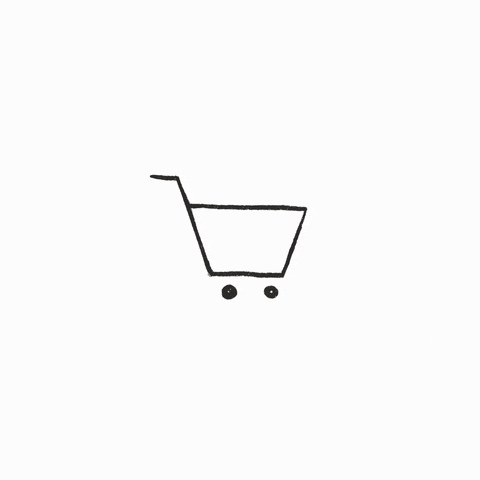
3. Analyze Customer Data to Identify Bundle Opportunities
Study purchase behavior to discover what customers frequently buy together. Using such insights, businesses can craft tailored offers that resonate with shoppers. For example, Sephora curates makeup sets based on trends, an example that boosts customer satisfaction by meeting specific preferences.
4. Highlight Bundles Prominently in Product Pages and Marketing Campaigns
Make sure your bundles are easy to spot. Feature them on product pages, email newsletters, or ads. Successful examples of product bundling, like Dell’s laptop and accessory packages, are prominently showcased, ensuring customers immediately notice the value proposition and are tempted to buy.
Transform Your Sales Strategy with Powerful Product Bundles!

Conclusion
Product bundling is a powerful strategy that boosts sales, enhances customer satisfaction, and increases average order value. By offering convenience and value, businesses can stand out in competitive markets. From fast food combos to tech bundles, the possibilities are endless. Explore these examples of product bundling and start creating tailored bundles that resonate with your audience to drive growth and build loyalty. The right bundle can transform your business!
FAQ
Industries like e-commerce, food and beverage, tech, fitness, and travel benefit significantly from product bundling. Bundles can simplify purchasing decisions, increase perceived value, and boost sales across diverse sectors by tailoring packages to customer needs.
Bundles encourage repeat purchases by offering convenience and value, building long-term loyalty. For example, subscription bundles like Spotify and Hulu keep customers engaged by providing multiple services at a lower cost, fostering ongoing satisfaction.
Absolutely! Small businesses can create tailored bundles that highlight complementary products, offering discounts to attract customers. For instance, a local coffee shop could bundle a drink, pastry, and reusable cup for added appeal and sustainability.
